Press Release
Szűrő
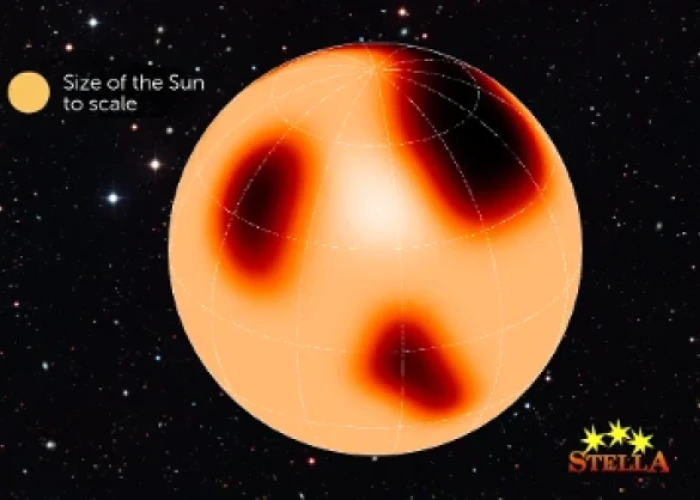
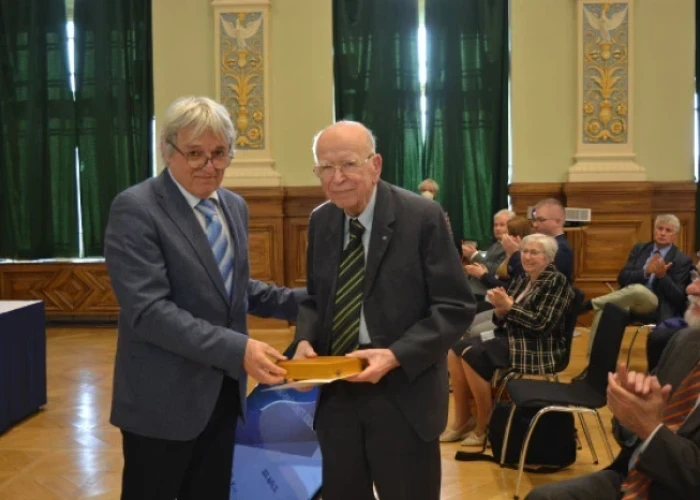
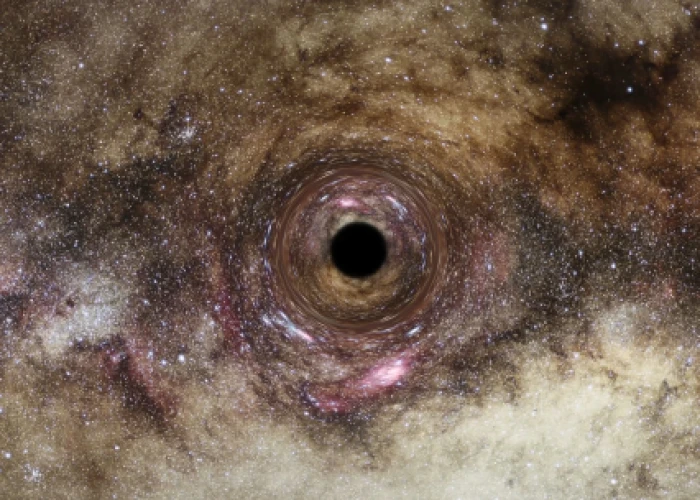
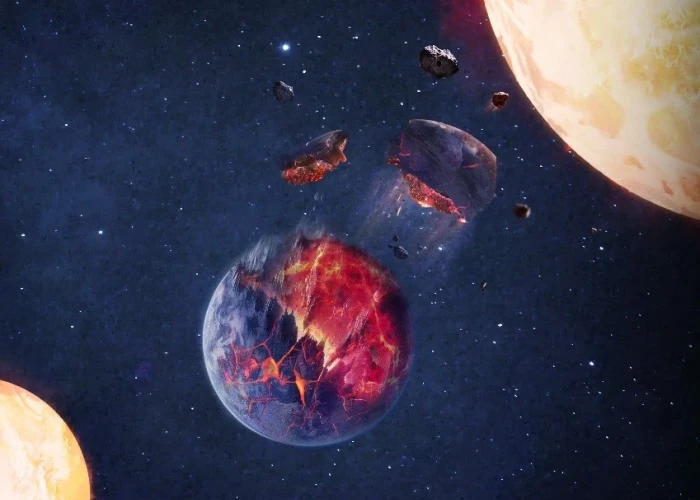
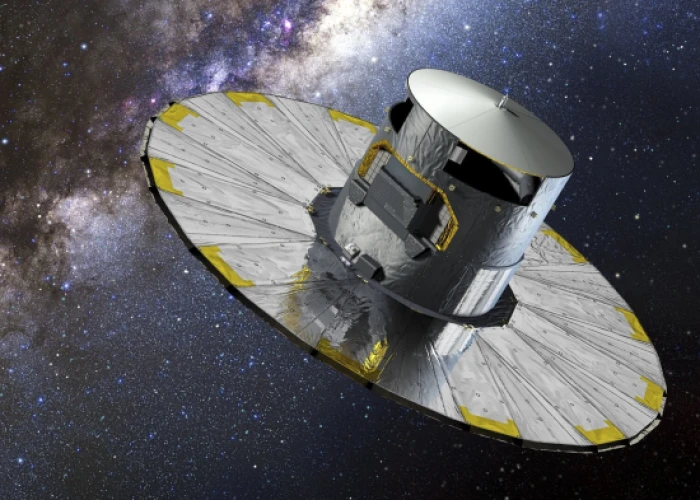
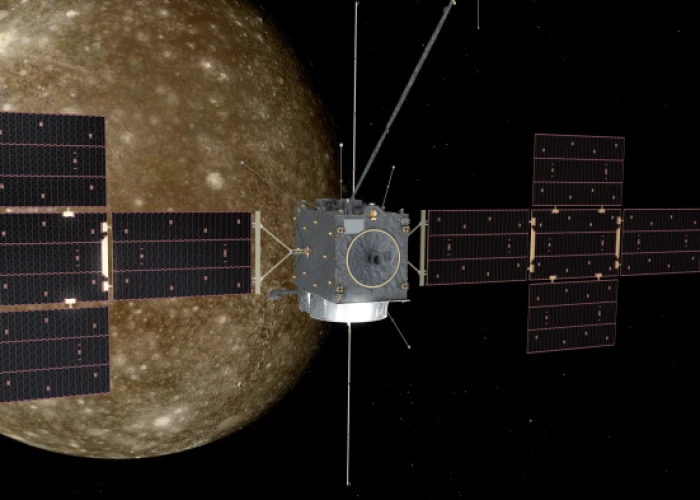
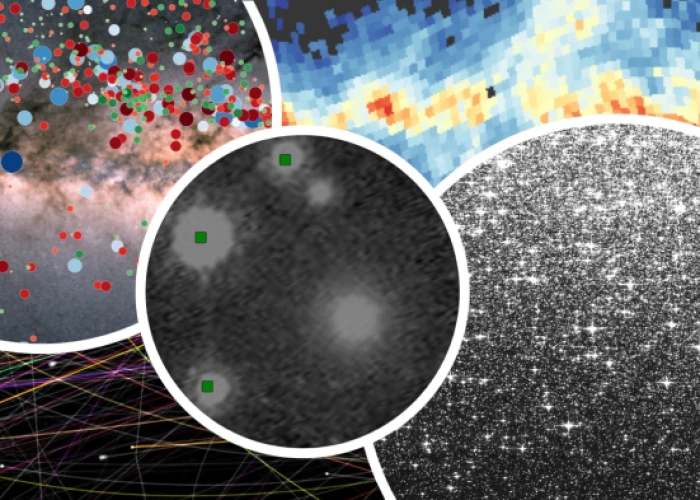
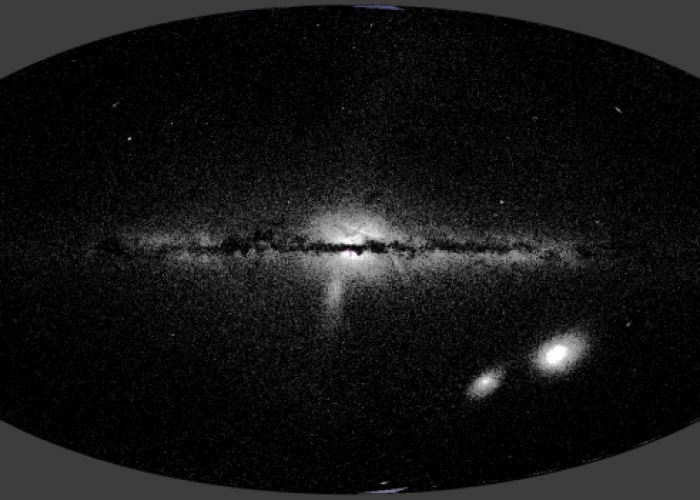

Starspot activity of the red giant XX Trianguli indicate non-periodic, chaotic dynamo
2024. december 04.
Spectacular movie showing 16 years of starspot evolution.
More

Iván Almár chosen to be a member of astronautics Hall of Fame
2024. april 24.
The International Astronautical Federation (IAF) is the world's largest international space research organisation.
More

Sleeping giant surprises Gaia scientists
2024. april 22.
Wading through the wealth of data from ESA’s Gaia mission, scientists found a massive, dormant black hole. With a mass of nearly 33 times that of the Sun, this is the largest black hole of stellar origin known so far within the Milky Way.
More

Twin stars reveal planet-eating habits
2024. march 20.
At least one in a dozen stars show evidence of planetary ingestion according to a paper published in Nature today, and co-authored by Konkoly researcher Dr. Meridith Joyce.
More

Hungarian astronomers are the most successful in Europe, ESA analysis reveals
2024. february 28.
The European Space Agency has presented an analysis of more than 68,000 articles on astronomy, planetary science and heliophysics, which shows that Hungarian astronomers have the best conversion rate of all ESA members relative to financial contributions.
More

CSFK participation in preparing for the ultra-precise positional measurements of the European JUICE spacecraft en route to Jupiter
2023. december 19.
A radio transmitter on a space probe can do more than just communicate and send data home. With the right expertise, it also provides radio astronomers with an excellent opportunity to carry out original scientific measurements.
More

New Gaia release reveals rare lenses, half a million more stars, and unforeseen science
2023. october 18.
ESA's Gaia mission released a goldmine of knowledge about our galaxy and beyond. Four hundred scientists worked on the mission’s latest ‘focused product release’ (FPR), with the active involvement of eight researchers from the Observatory.
More

How do you weigh a star? Masses of RR Lyrae stars revealed through their pulsations
2023. september 08.
Measuring the masses of stars is not always easy, and for the RR Lyrae-type variable stars, in particular, there has been no good way to do this. Our researchers are the first to determine the masses of such stars using seismic models.
More
News breakdown
- Science
- Archive
- Public Outreach
- Research News
- Organisational News
- Proposal
- Event
- Conferences and events
- Celestial Event
- Press Release
- All news